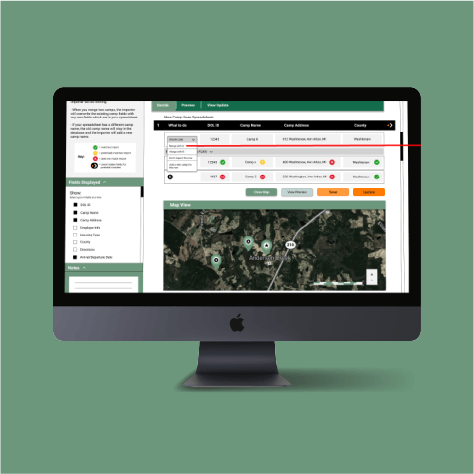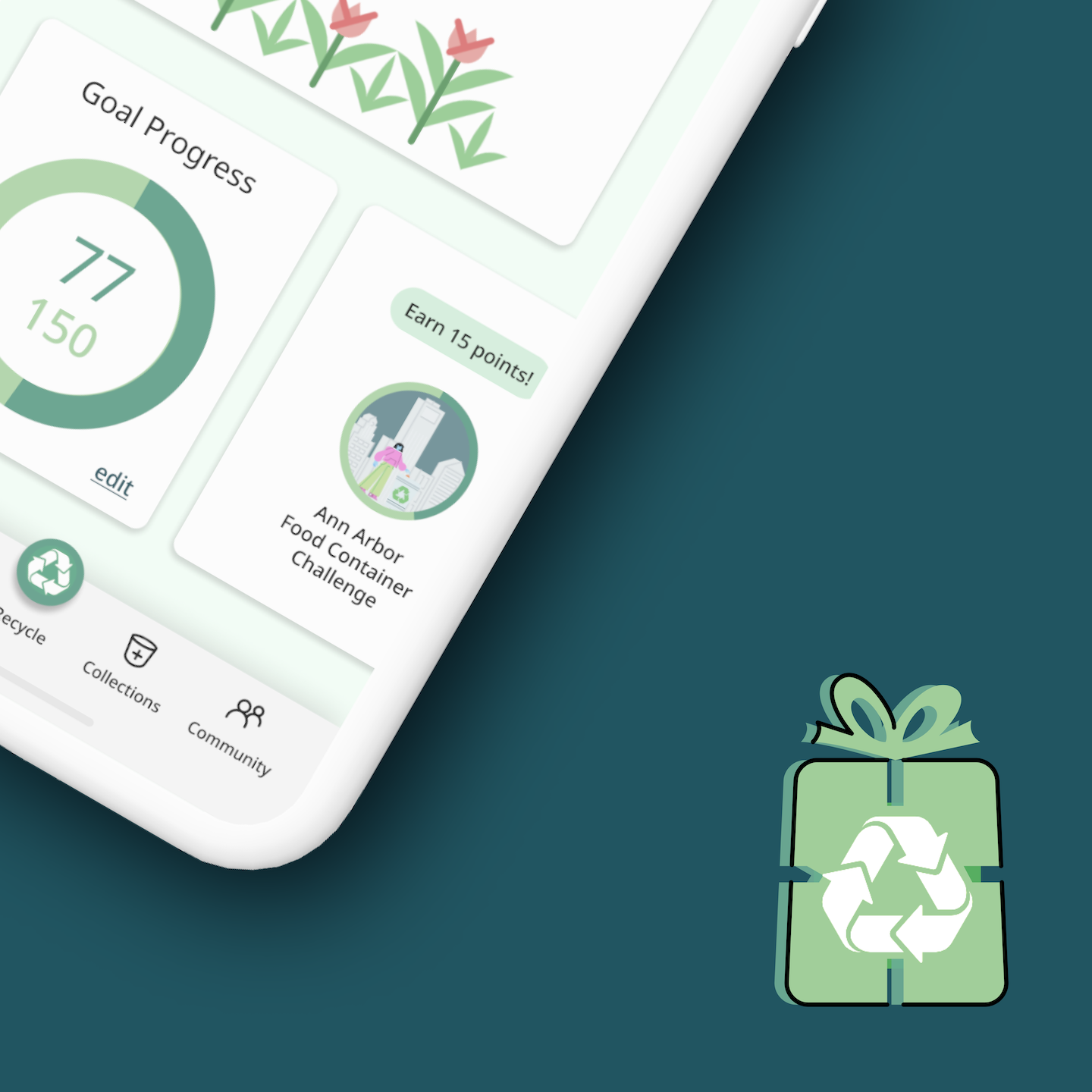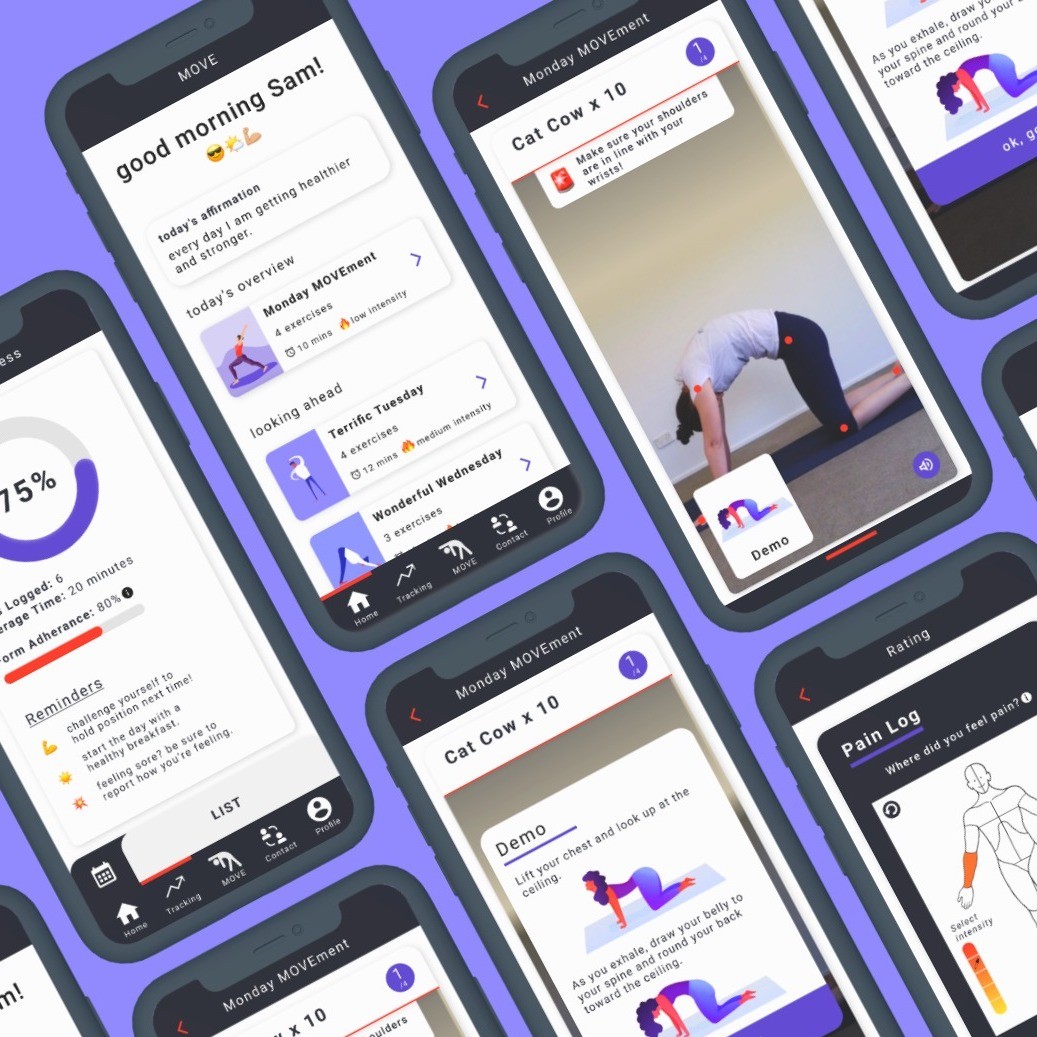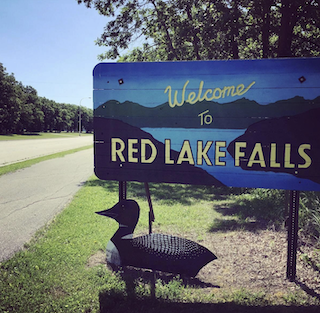The Problem
Our team was asked to solve the design problems that come with the FAN's large database,
which collects and maintains high-priority information related to
the location and profile of labor camps throughout North Carolina.
At a high-level, these problems center around the deduplication process, which involves identifying potentially duplicate inputs of
camp data within the large database.
🔒The details of this project are protected under a non-disclosure agreement. To view the full report👇, please reach out!
Reflection
The importance of iterative feedback
Throughout the SI 487 (the BSI Capstone course), we participated in weekly stand-ups with our instructors and peers. Although they did not know the ins and out of the project, they were an excellent source for iterative feedback! They were able to point out edge cases in our designs that we did not initially think about, and we were able to learn a lot about their project processes as well.
Presenting with Context
At our aforementioned weekly standups, we also had to ensure our presentations gave enough context to our classmates so that they could ask relevant questions without being confused. This allowed me to step back and view our project from an outside perspective.
Designing for tangible world solutions
When designing the site, we had to take into consideration what bits of data would be most useful for org admins, and what pieces of migrant labor camp data is the most crucial for on-site organizers, health outreach workers, and legal aid groups to best help farm workers.
I'm so grateful for the relationship we built with our clients at RAD and the FAN, and anticipate that the implementation of our product will assist their organizations’ efforts in the future.





